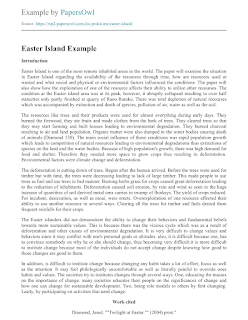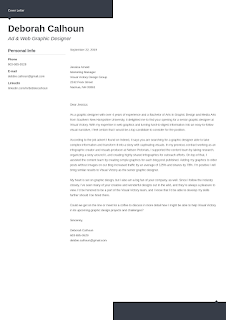Scary Story Essay
Introduction
Everyone loves a good scare, especially when it comes in the form of a spine-chilling story. The power of storytelling lies in its ability to evoke emotions, captivate the imagination, and send shivers down our spines. Whether you enjoy reading or writing, diving into a scary story can be a thrilling and unforgettable experience.
The Elements of a Scary Story
To craft a memorable scary story, several key elements come into play. The setting plays a crucial role in establishing the atmosphere and building tension. A dark and isolated location, such as an abandoned house or a foggy forest, can instantly create an eerie ambiance.
Characters also contribute to the fear factor. A well-developed protagonist allows readers to connect emotionally and become invested in their journey. Meanwhile, the antagonist, whether it's a ghost, monster, or supernatural entity, should invoke a sense of dread and pose a real threat to the protagonist's safety.
Plot twists and suspense are essential to keep readers on the edge of their seats. With unexpected turns and shocking revelations, a scary story can leave readers guessing and gasping with every page they turn. Additionally, the element of suspense can be created through the clever use of foreshadowing, leaving hints and clues along the way that build anticipation.
The Power of Imagination
One of the reasons why scary stories are so captivating is their ability to ignite our imagination. As readers, we become active participants in the story, envisioning the characters, setting, and events in our minds. This engagement makes the experience more personal, allowing us to feel a deeper connection with the narrative.
Examples of Scary Stories
Some of the most famous scary stories have left an indelible mark on literature and popular culture. Classics like Mary Shelley's "Frankenstein" and Bram Stoker's "Dracula" have terrified readers for generations. Modern authors such as Stephen King and Shirley Jackson continue to redefine the horror genre, introducing new terrors and nightmares.
Additionally, urban legends and folklore have contributed to the realm of scary storytelling. Tales of haunted houses, cursed objects, and vengeful spirits have been passed down through generations, captivating listeners around campfires and sleepovers.
Conclusion
Whether you are reading a spooky tale or crafting your own, scary stories have a unique power to elicit strong emotions and leave us with a lasting impression. They provide an escape from reality, taking us on a terrifying journey that lingers long after the final page. So, next time you feel the urge for a thrill, grab a scary story and prepare to be both frightened and enthralled!








